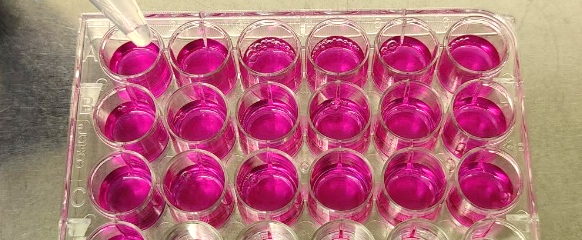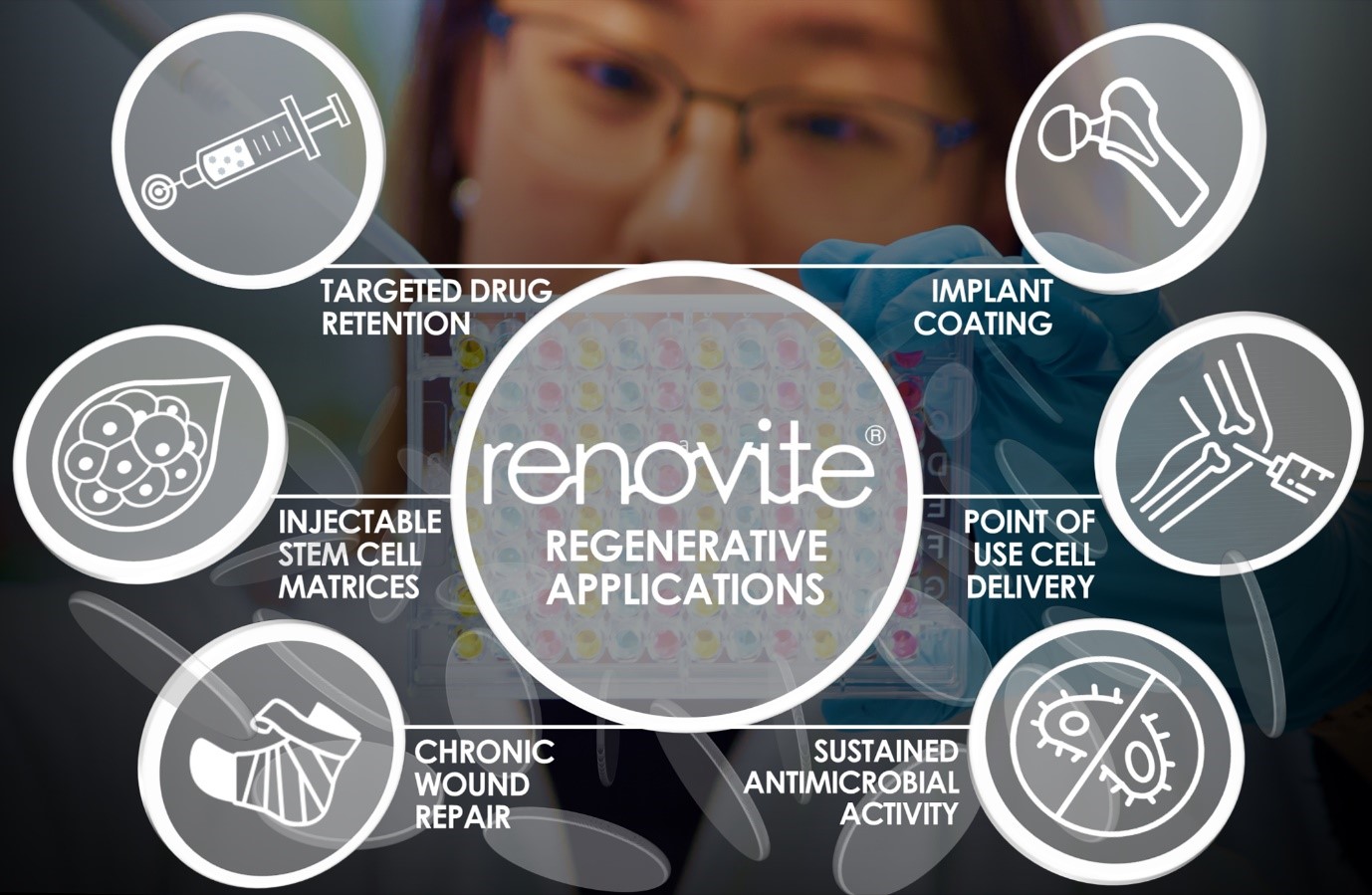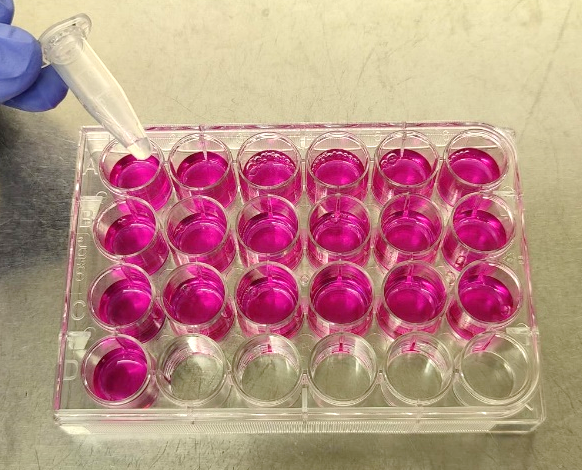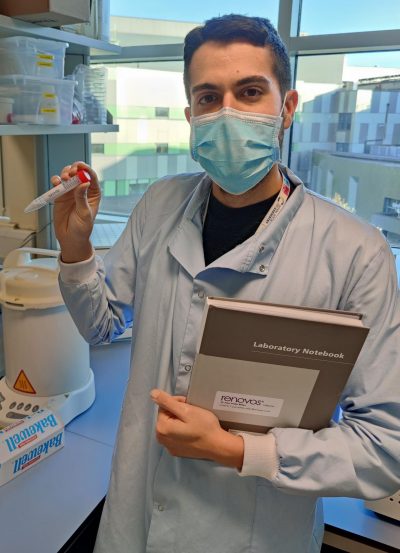
What role could clay play in the biomedical field and why is Renovos Biologics focussing on this industrial-type material for cutting edge regenerative medicine technologies? It is an interesting question, after all, clays are mainly used for making things like paint or cosmetic formulations. And those applications seem far removed from the highly regulated world of medical products and devices.
Before shedding light on the surprising promise of nanoclay, let me tell you a bit of my background and my involvement in Renovos.
I am a materials scientist. I always envisioned myself diving into those fundamental questions that only research can approach. That vision for exploration and inquiry later evolved into the application of new biomedical materials to improve quality of life. As a basic materials scientist with an interest in biomedicine, I could not help but wonder how to get the best of both worlds.
And that is why I became involved with Renovos, where bringing my experience with cells and novel biomaterials to target tissue regeneration would have a translational value and make a difference to people’s lives.
At Renovos, we are developing a product portfolio based on a synthetic nanoclay gel platform, Renovite®. Renovite® gels can localise and retain biologics at ultra-low doses to promote tissue regeneration. We discovered that the physicochemical properties of nanoclays are extremely well-suited and sought for in biomaterials (you can learn more about it from our previous post by Allison and our technology site). Nanoclay particles spontaneously form a gel in the body that binds biological molecules and provides a scaffolding for cell growth. These exciting properties open up a wide range of regenerative medicine applications encompassing drug-delivery, stem-cell therapy, wound repair and infection control!

Let me explain the example of bone growth and repair. Now here come a couple of questions that I had before working with nanoclays:
1) Why is nanoclay a good candidate for tissue regeneration?
2) How does nanoclay offer an advantage when combined with biological molecules?
To answer the first question, the high affinity of nanoclay particles for proteins is key. When injected into the body, nanoclay particles form a gel network that binds proteins from the blood – a bit like in a blood clot. This protein-rich nanoclay network provides a matrix for cells to grow into and remodel into new tissue. Because Renovite® nanoclay is biocompatible, specialised cells can safely degrade the gel over time as new tissue forms.
This links quite well with the second question. Again, the advantage lies in the ability for nanoclays to bind proteins. Besides, the gels retain the biologics until they have degraded. Therefore, Renovite® nanoclay gels are able to safely localise potent biological molecules that stimulate bone formation. This reduces the side-effects of these molecules outside the gel whilst simultaneously enhancing their activity within the gel, allowing for ultra-low doses. It all implies that we can use Renovite® nanoclay gels in combination with these biologics to safely and reliably repair bone.
This is where my job comes in. I verify that our products are safe and effective by validating this technology in various assays and models. Have a look at Renovite® loaded with a biomolecule and ready for addition to cells in culture!

Ultimately, we want to reach those who may benefit the most. For instance, patients suffering from musculoskeletal conditions or microbial infections in orthopaedics impairing tissue repair.
Although the journey to the clinic is not an easy ride, it is certainly an exciting one! And anything that serves to improve the treatment of health conditions sounds worthwhile to me!

By Juan Aviles Milan


